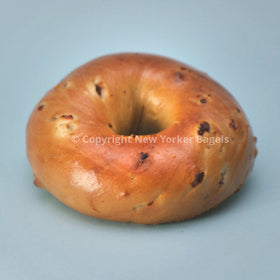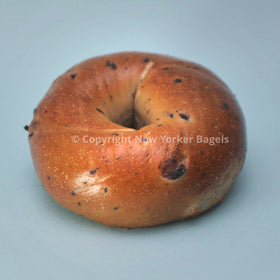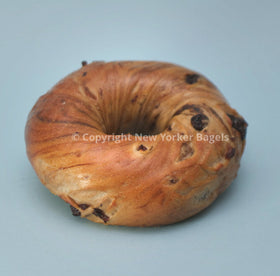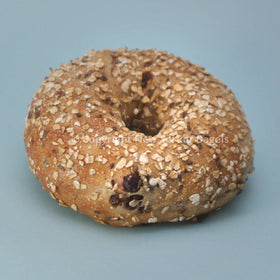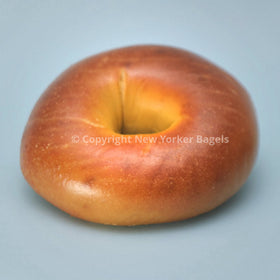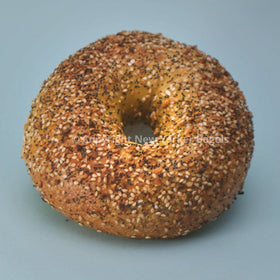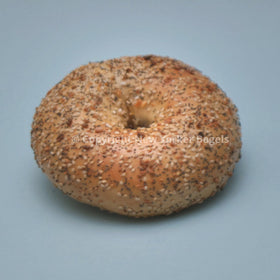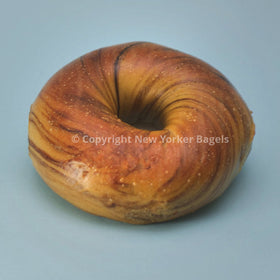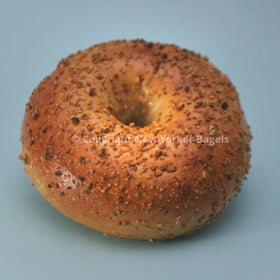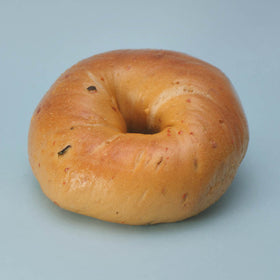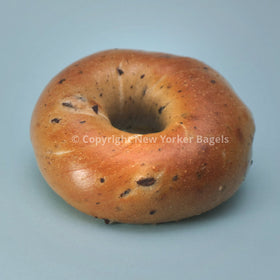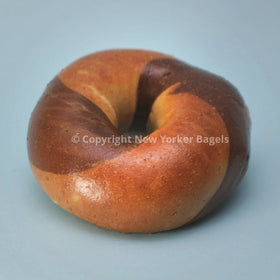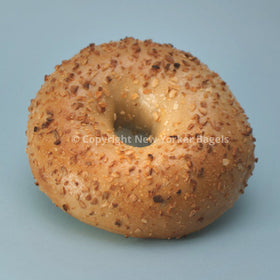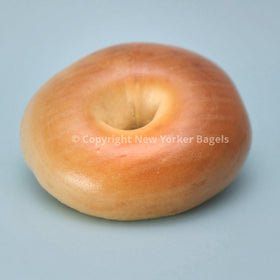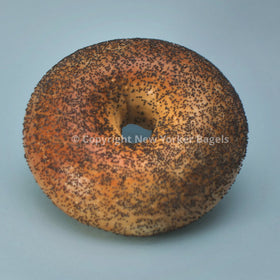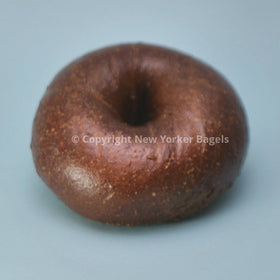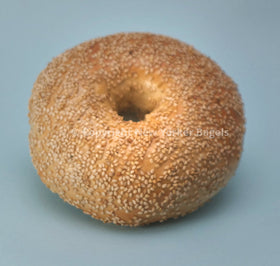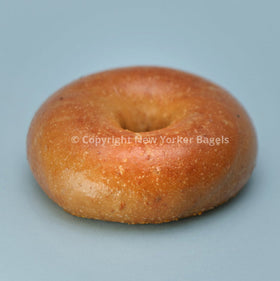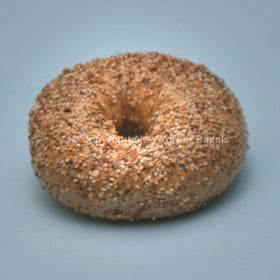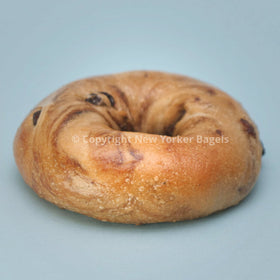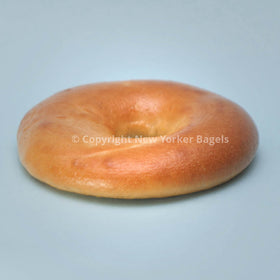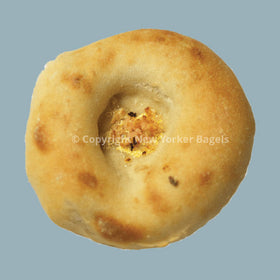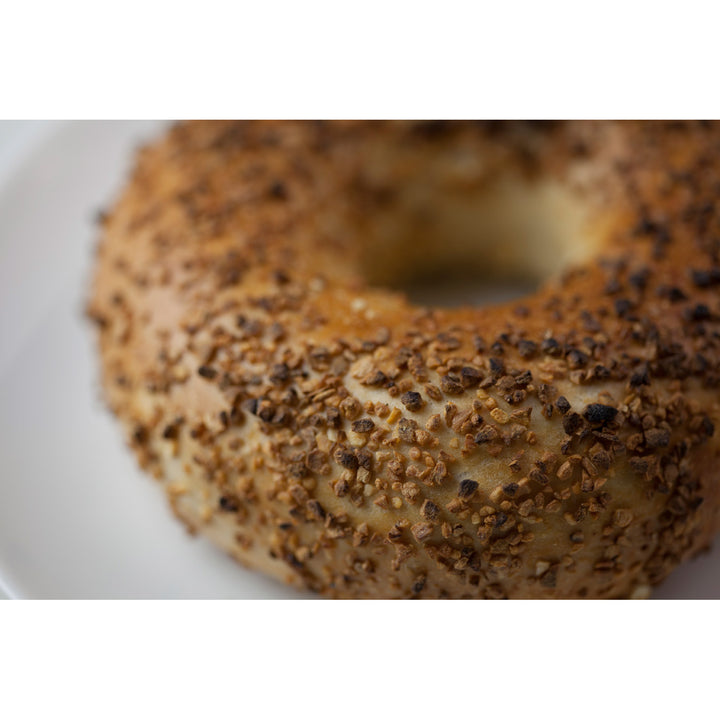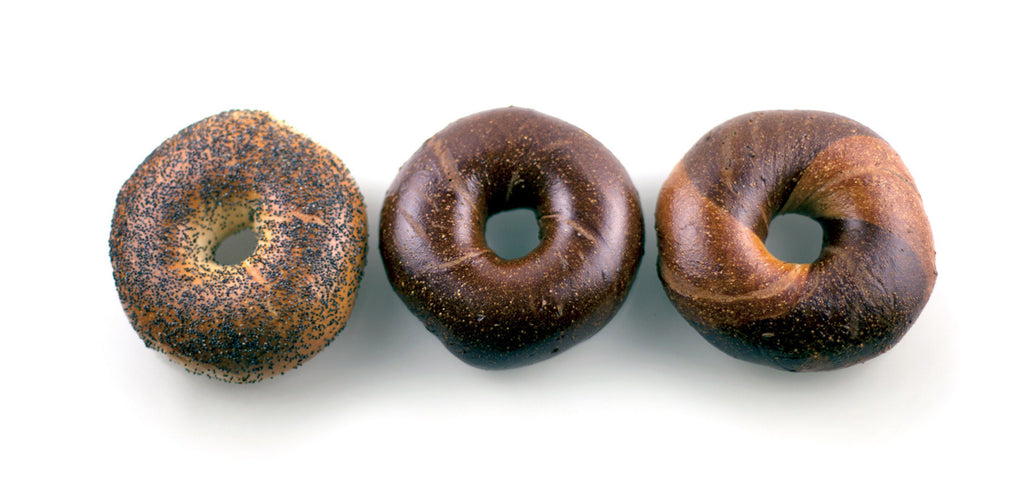The Secrets Behind the Best Bagels.
Ever wonder why everyone says the secret to an awesome bagel is they way the dough floats in a pan of water before baking? The proof is in the proof, and the method to making authentic bagels depends on knowing when the dough is just right.
Of course, you have to start your bagel making experiment with the right recipe. Immediately discard any with more than a dozen ingredients (excluding toppings). You shouldn’t need much more than flour, water, yeast, malt and salt. Use a high gluten flour (Gold Medal bread making flour or King Arthur flour are ideal, or buy some extra gluten to add to whatever flour you have on hand.)
Start with the dough making process to create a soft dough that you can let rise for a short period of time in order to activate the yeast. Proceed with the dough mixing process by hand or in a mixer, until the dough is satiny smooth and free of dry flakes of flour – but not sticky!
Once the dough has risen double, punch it down and divide into balls about 3-5 oz each (you can use a scale or eyeball it – 4 oz will nestle easily in the palm of your hand.) 3 oz bagels are traditional but the modern bagel is twice that size. Let the balls rest for 20 minutes or so to revitalize the gluten.
Shaping is very important! Don’t just punch a hole in the center of your ball of dough with a thumb – use both thumbs and work your way around and around, stretching the dough until a hole 2 inches in diameter remains even when the elasticity of the dough shrinks it down. Place the shaped bagels on a greased sheet.
Now for the moment of truth – the first float test! Let the bagels proof for a few minutes, testing one every five minutes in a pan of room temperature water until it floats. Success! Pat the bagel dry and slide the whole pan into the fridge to retard the dough and let the flavors mellow.
The last test comes in the morning – stir malt syrup and a dash of baking soda into a pot of cool water and bring the vat to a rolling boil. Pull the bagels out of the fridge and let them set for a few minutes, then test one by dropping it in the pot – it should sink, then rise to the surface within a minute. Do a few at a time so the cold dough doesn’t stop the boil.
Let boil on one side, then the other for no more than 1 minute a side and 2 minutes total. Remove with a slotted spoon and place on re-greased cookie sheets dusetde with cornmeal. Top as desired. Bake in a hot oven of 350 degrees until the crust is shiny and brown and the dough is cooked through.
The water test – including the first float and the subsequent boiling bath – is the secret to a traditional bagel. The shiny crust and perfect flavor of the bagel cannot be achieved by other methods, so if you want terrific home-made or bakery made bagels, make sure the float test is being implemented for a perfect bagel every time!



